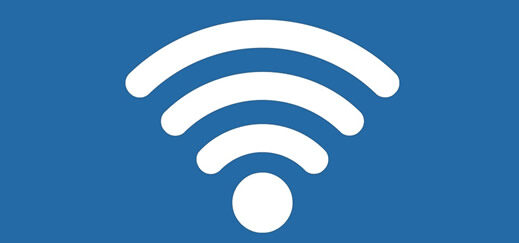Wireless technology is no longer optional for many professional events and conferences; it’s expected. But there are several different wireless tech solutions available, each of which has its own unique purpose.
WiFi
The most common form of wireless connectivity used in events is WiFi. Defined by the Wi-Fi Alliance as “any wireless local area network” (WLAN) product based on the Institute of Electrical and Electronics Engineers’ (IEEE) 802.11 standards,” Technical jargon aside, it uses a router or some of other intermediary device to broadcast a high-speed Internet connection wirelessly. Guests may then connect to the WiFi, using it to access the Internet, check their email, make video conference calls, etc.
If you need help choosing WiFi for your event, check our previous blog post here.
MiFi
What in the world is MiFi? This is actually the brand name for a specific type of wireless router that functions as a mobile hotspot. MiFi is a popular choice for events, as companies can use it to set up their own wireless Internet connections instead of relying on the venue’s WiFi. If several companies are attending the same event, for instance, some of them may prefer to connect to their own MiFi, as this offers greater security. The downside, however, is that no more than 10 devices can connect to a single MiFi router at once.
iBeacon
One of the newer wireless tech solutions that’s become increasingly popular among professional event planners is iBeacon. Originally launched by Apple in 2013, iBeacon is a type of Bluetooth low energy (LE) technology that sends data to nearby mobile devices. While they were designed for use in retail payment settings, they’ve since made their way into professional events. Event planners and organizers can use iBeacon to send guests notifications and information. If a guest approaches a company’s booth, for instance, iBeacon can send that guest more information about their products or services directly.
Note: unlike WiFi, guests cannot use iBeacon or other “beacon” technologies to access the Internet. Rather, iBeacon is used to broadcast data and information wirelessly to nearby devices.
Mobile Hotspots
Of course, another wireless tech solution is a mobile/portable hotspot. Basically, this involves turning a smartphone, tablet or other mobile device a hotspot to which guests can connect. Mobile hotspots use cellular data, sharing this data with their connected devices. Most mobile hotspots are limited to 2-3 devices. And because they use cellular data, speeds are typically slower than that of a broadband-connected WiFi router or MiFi
